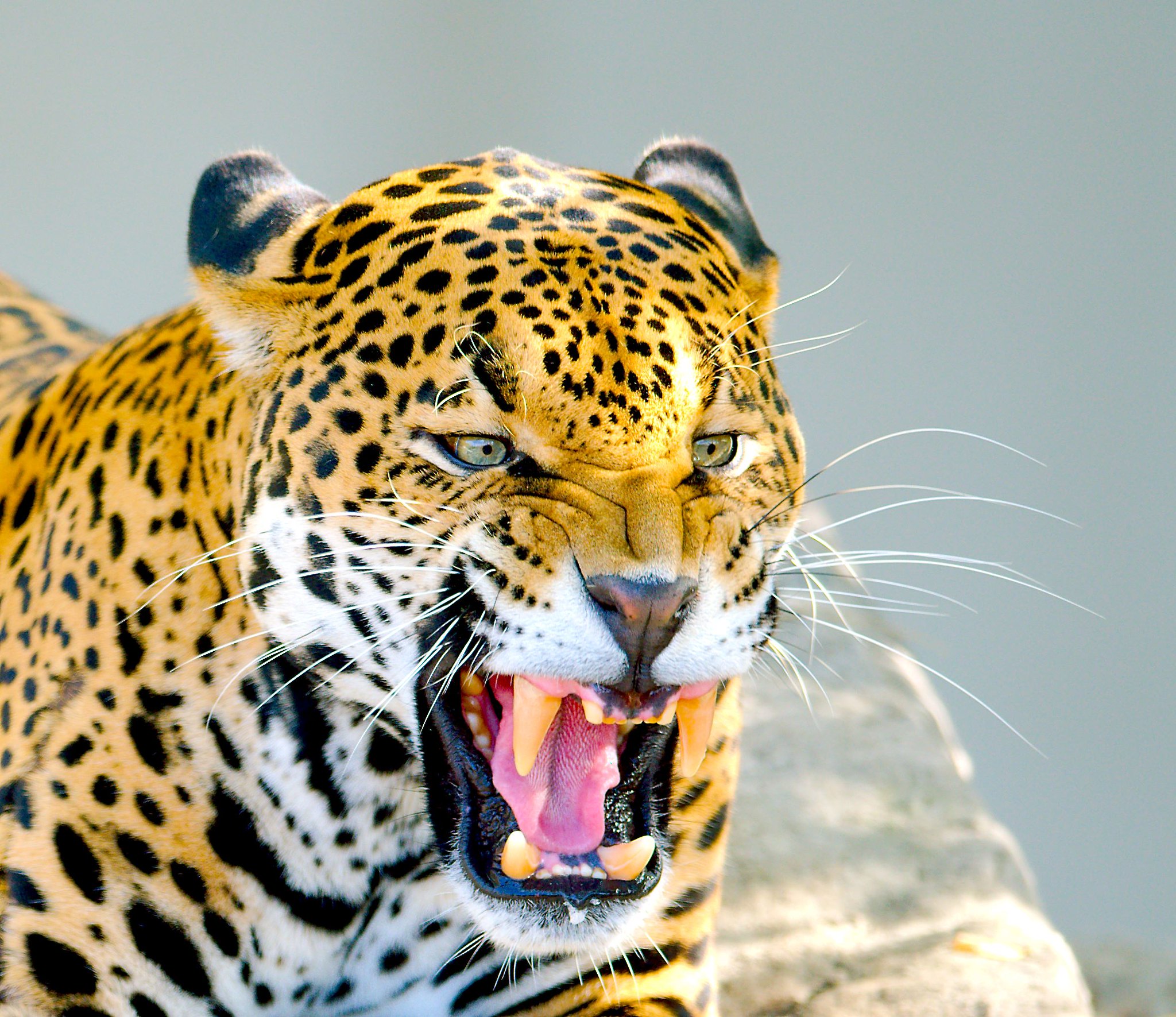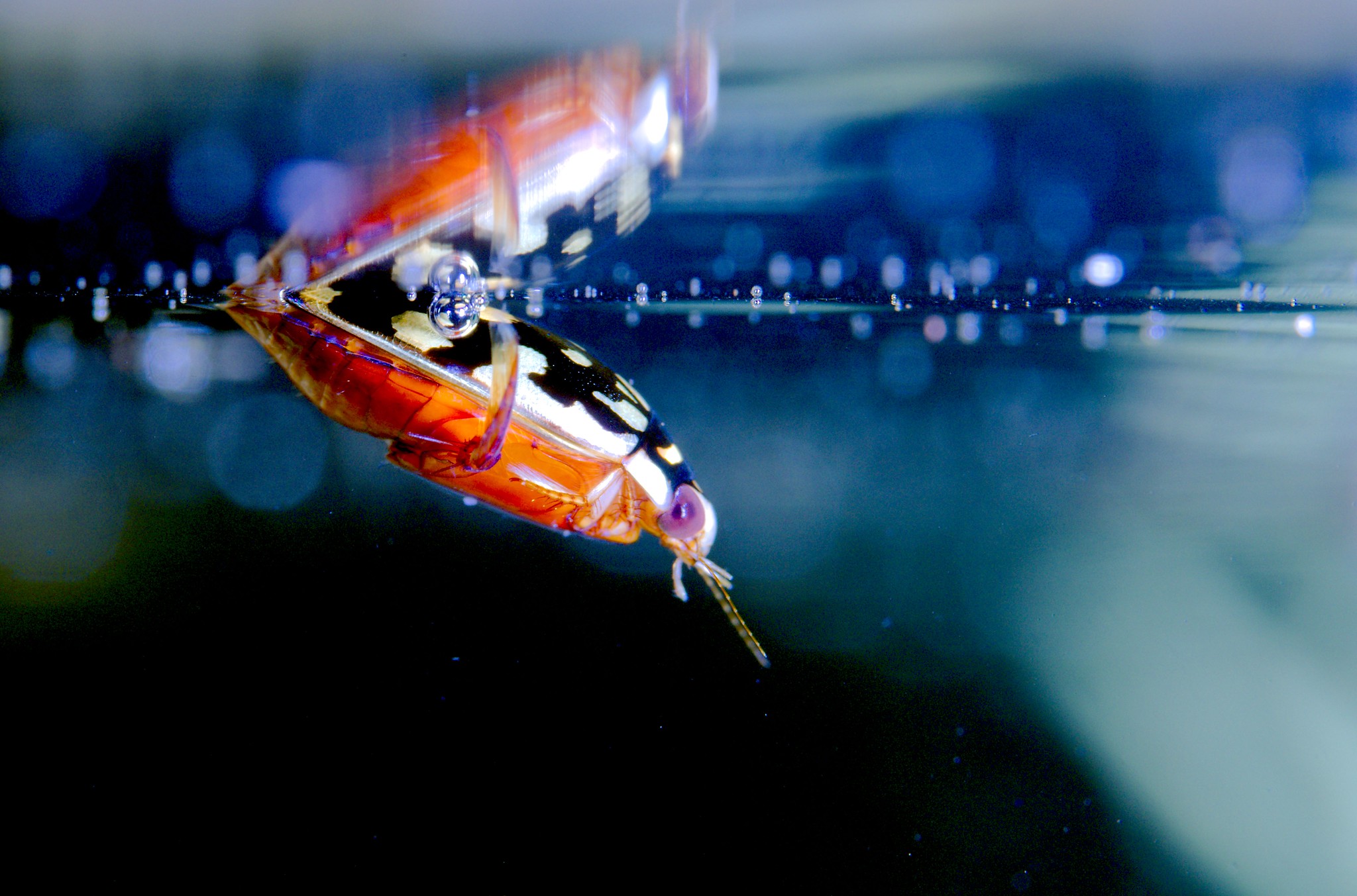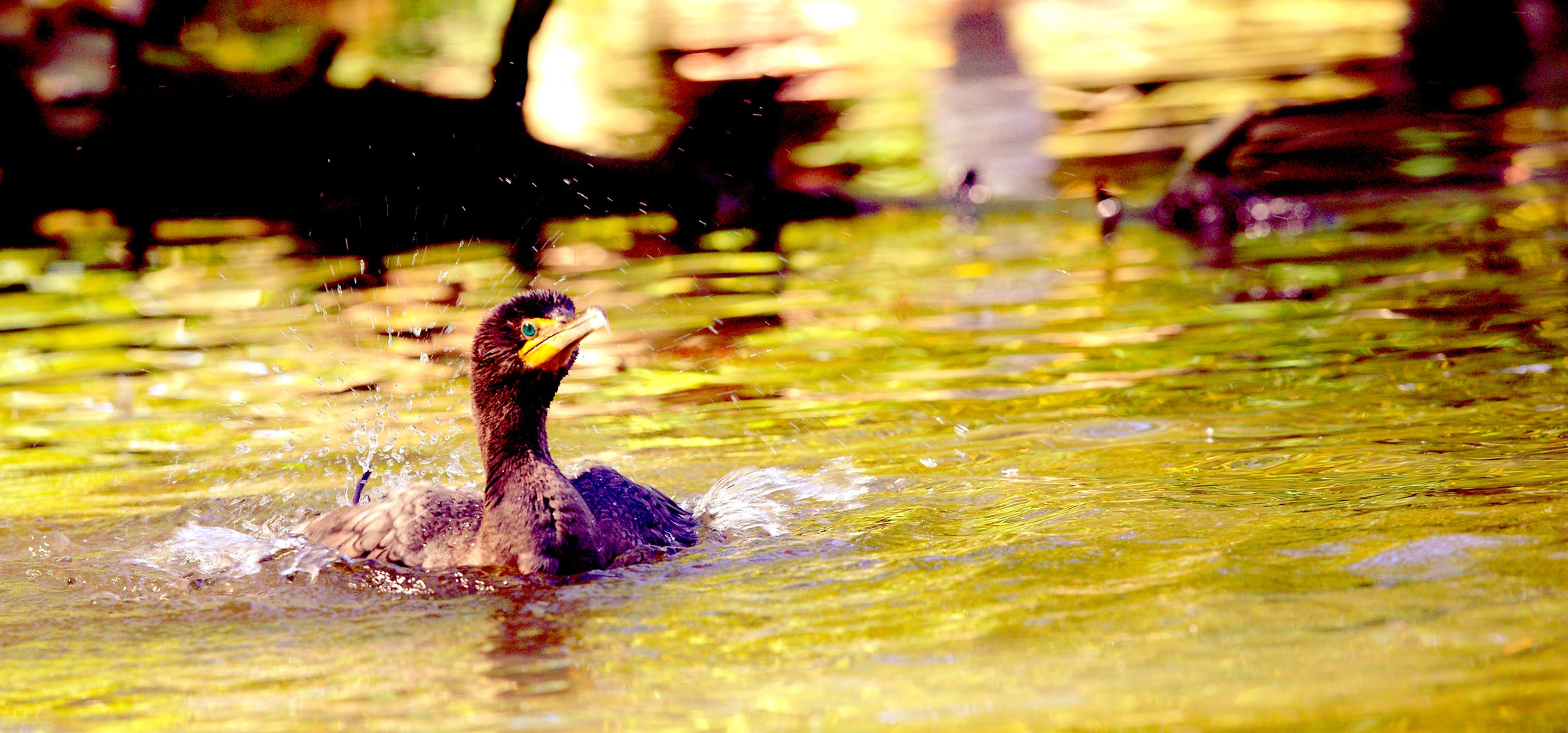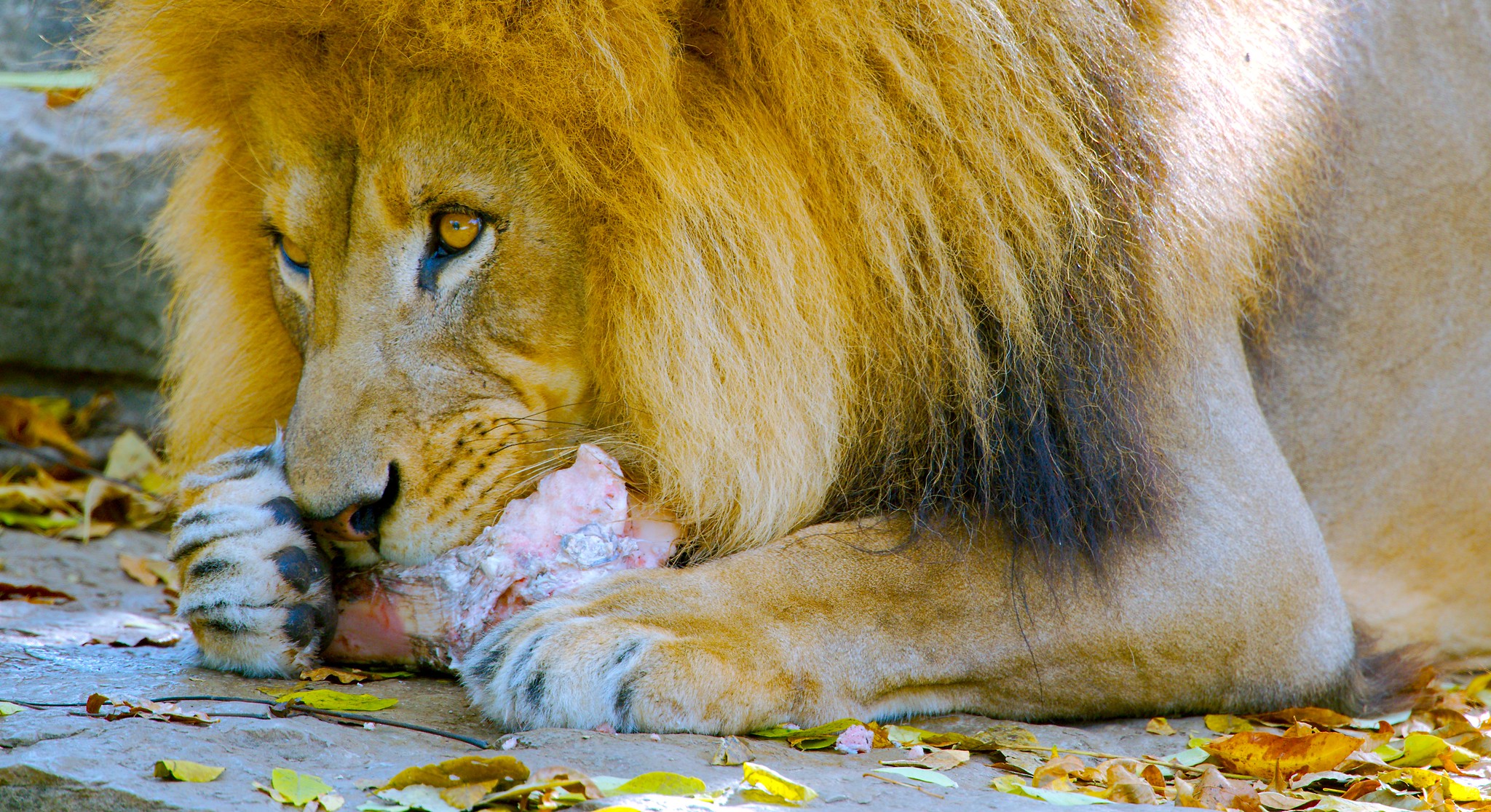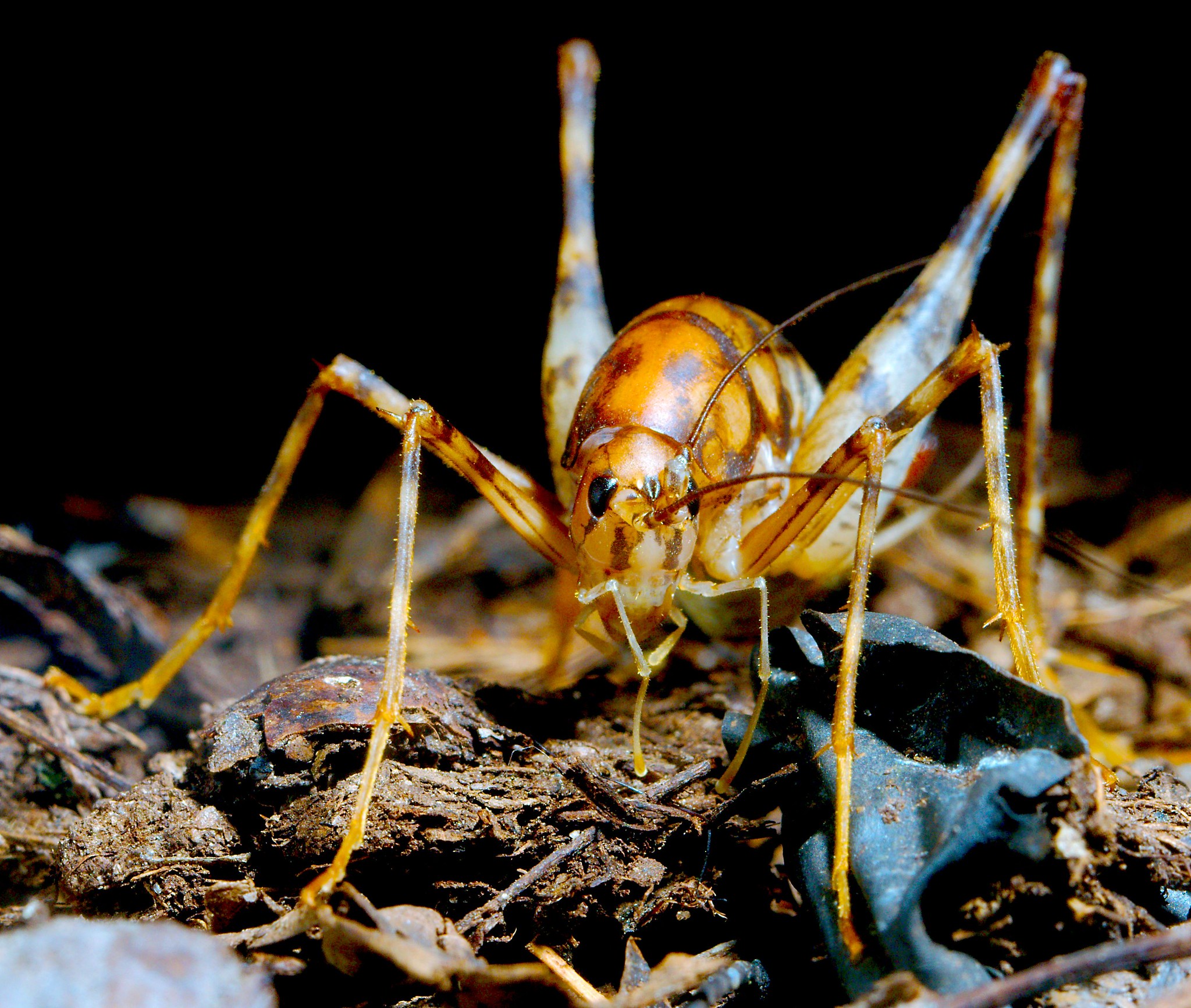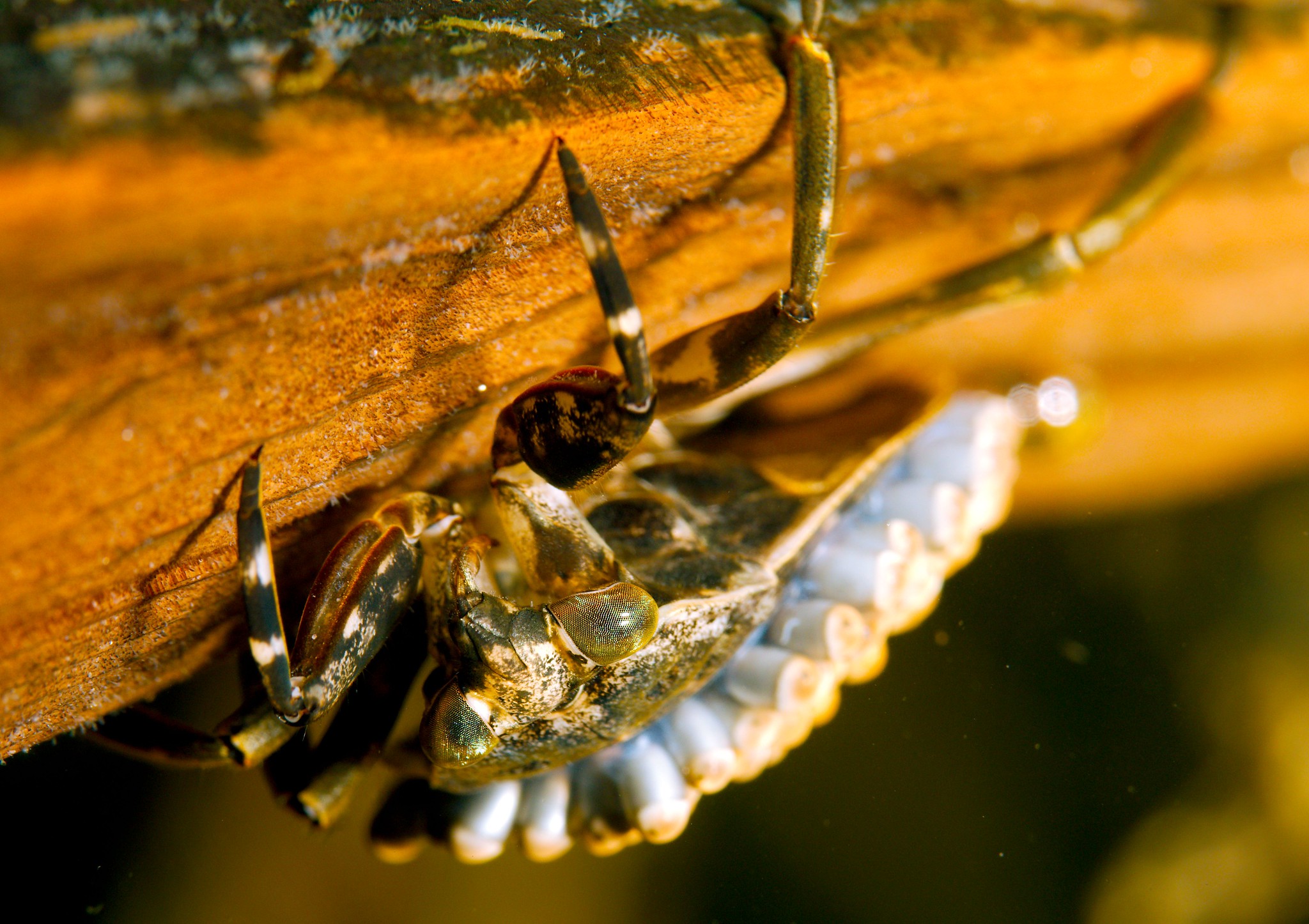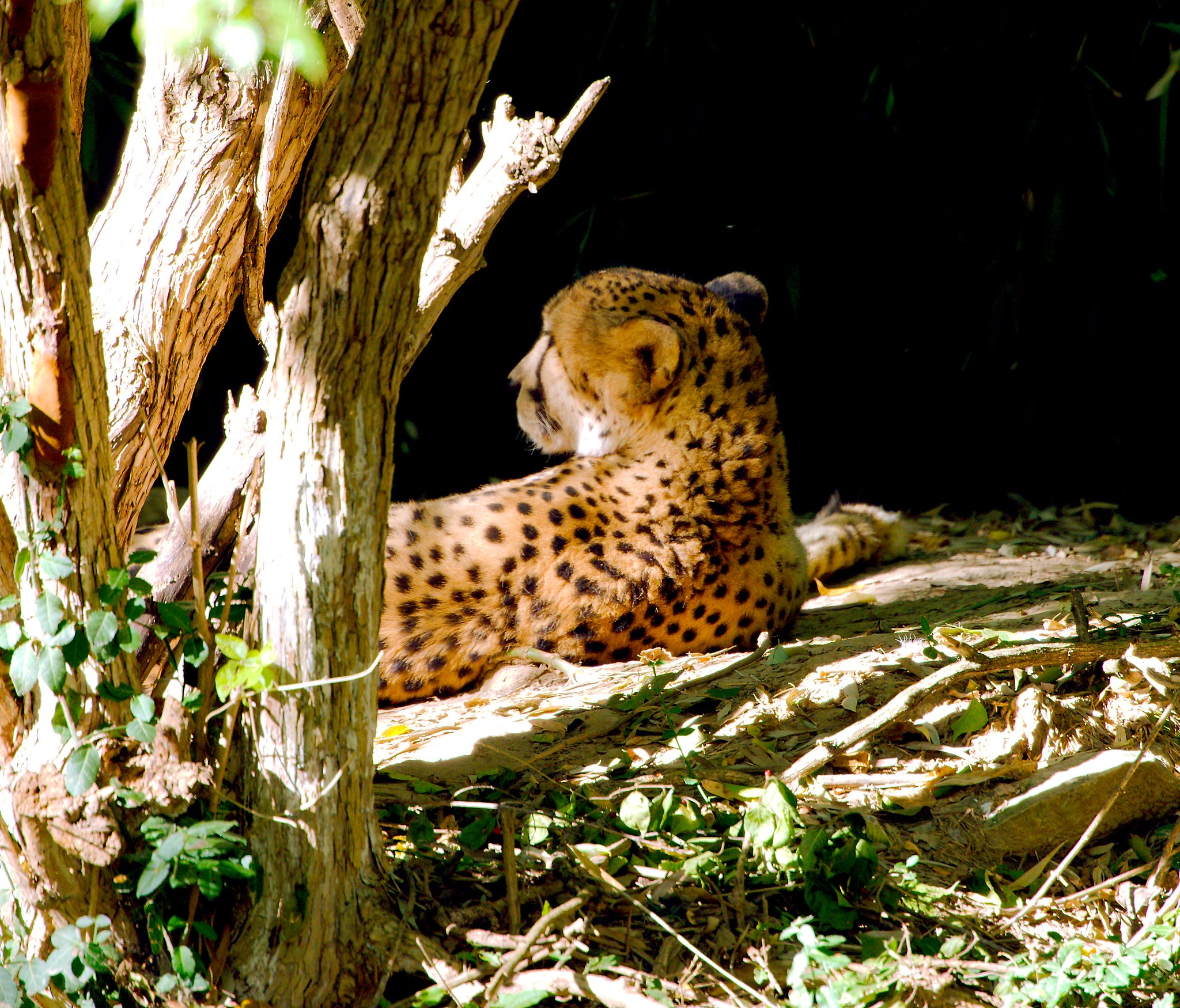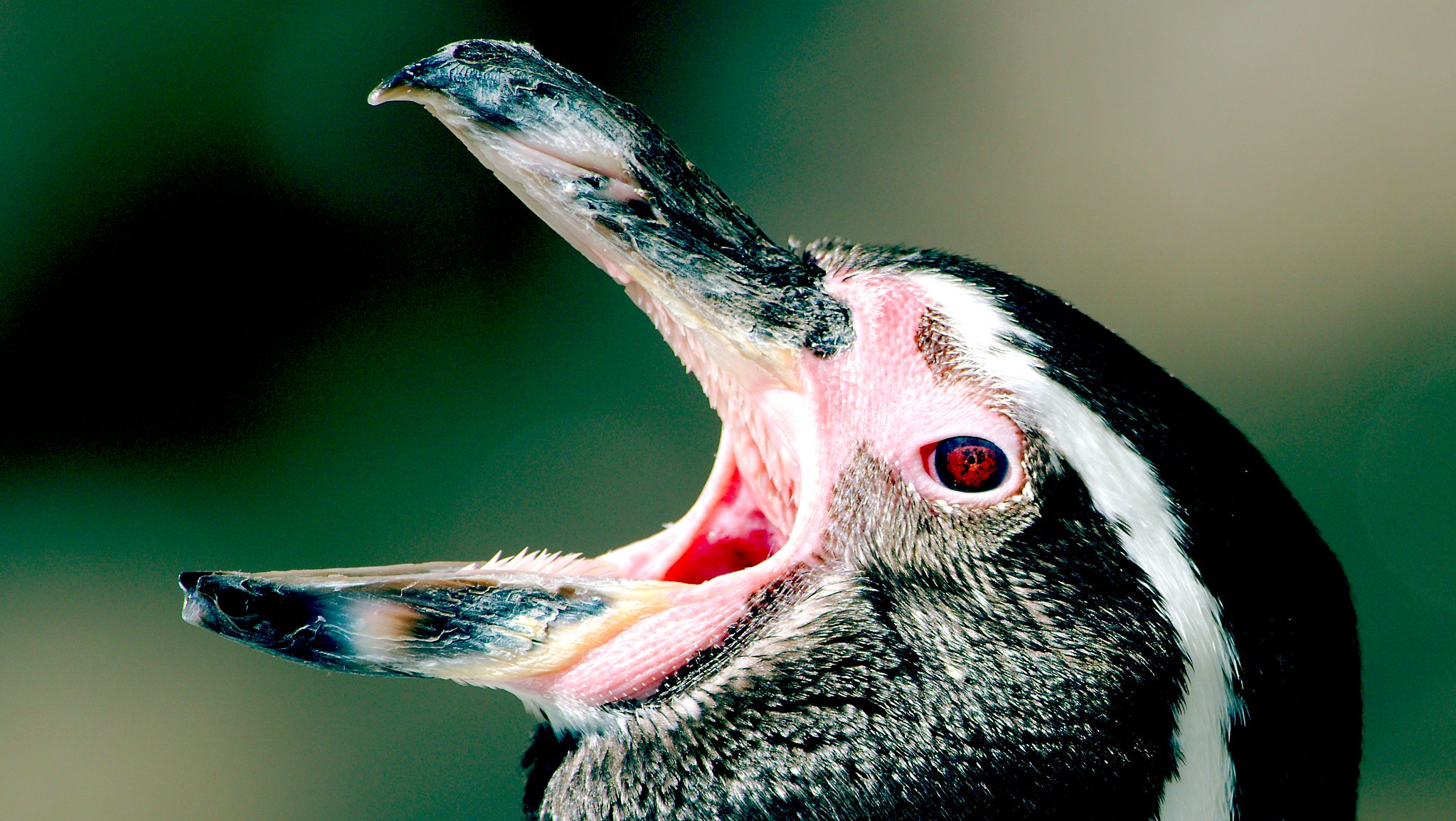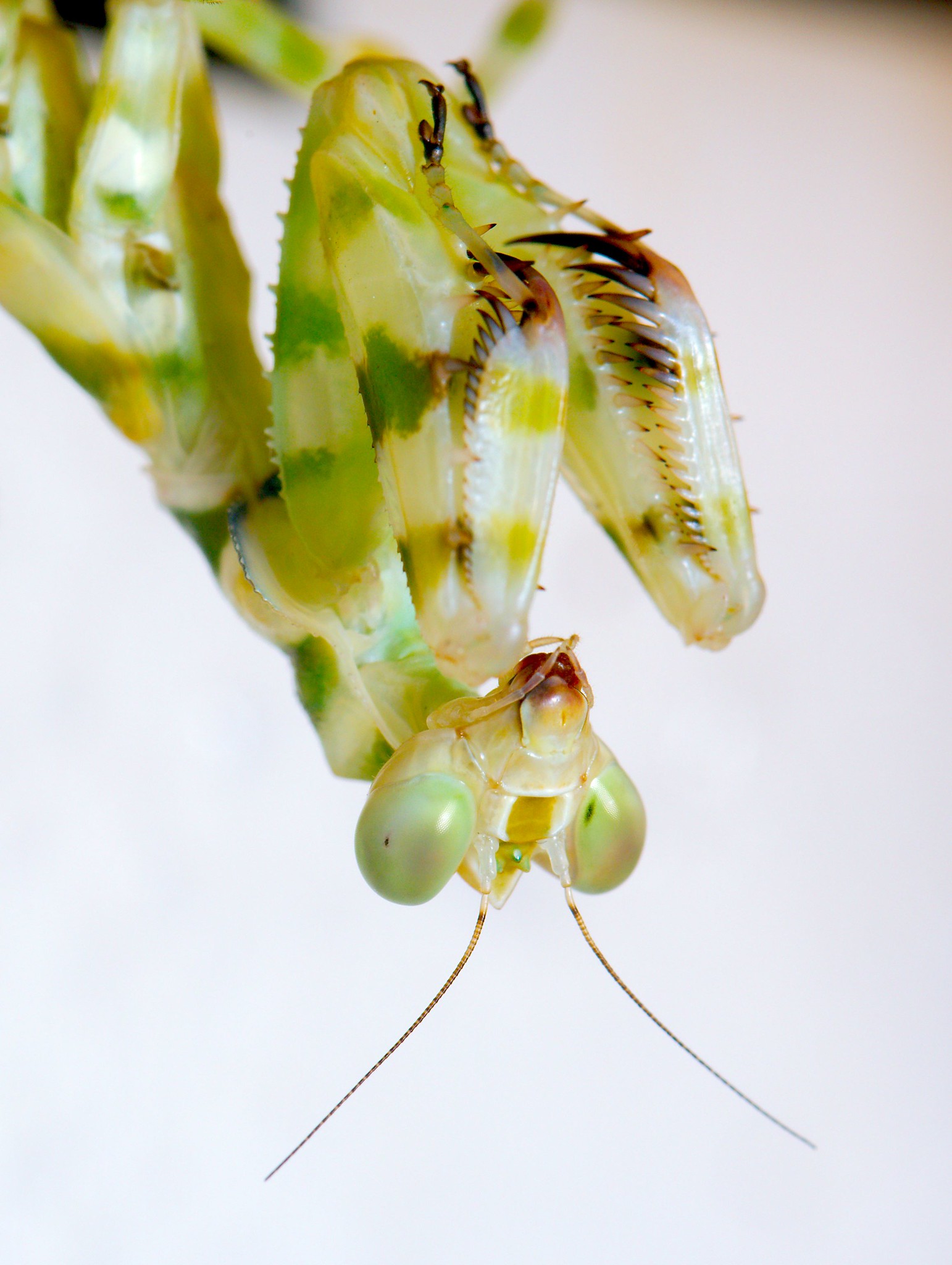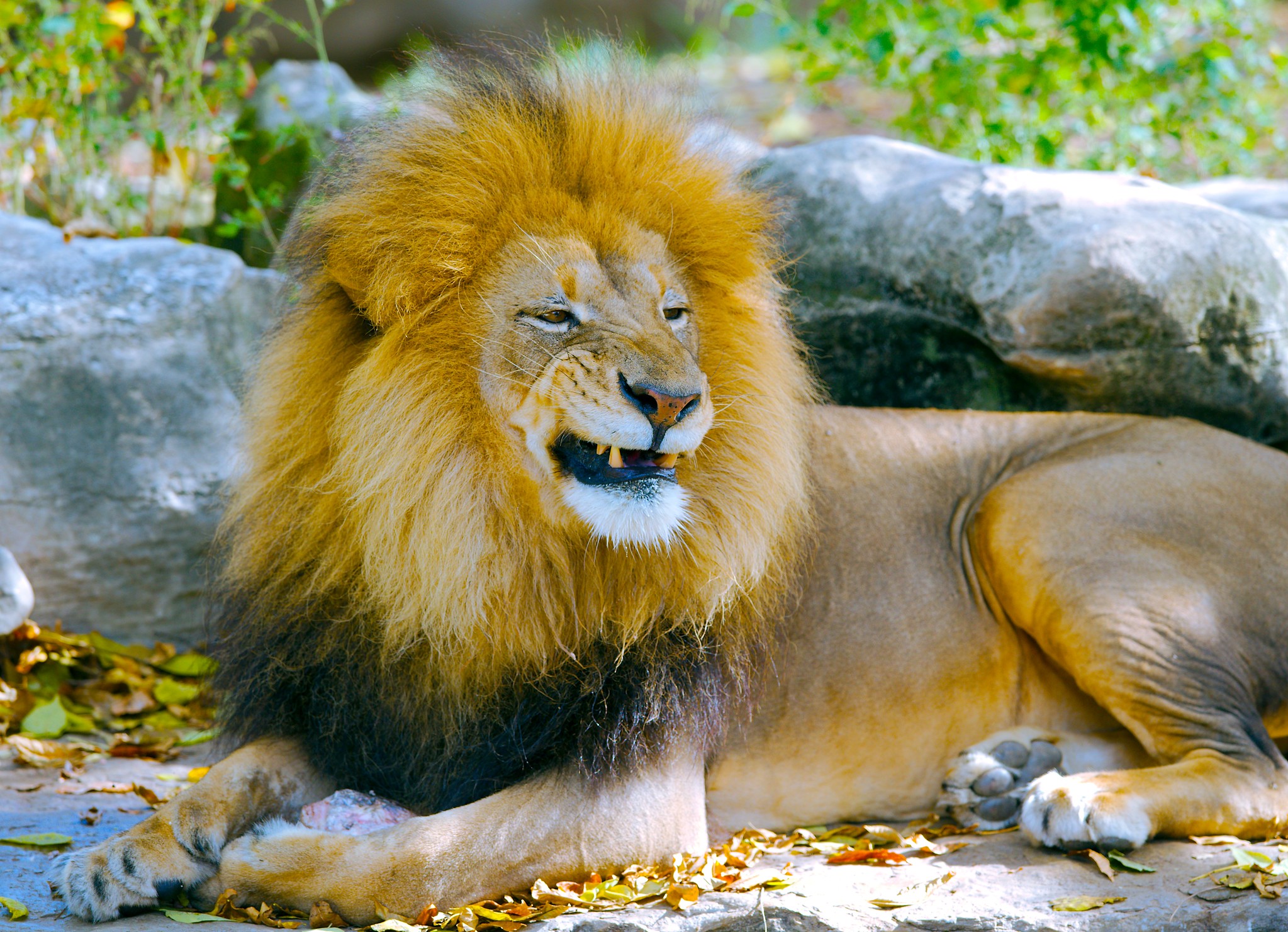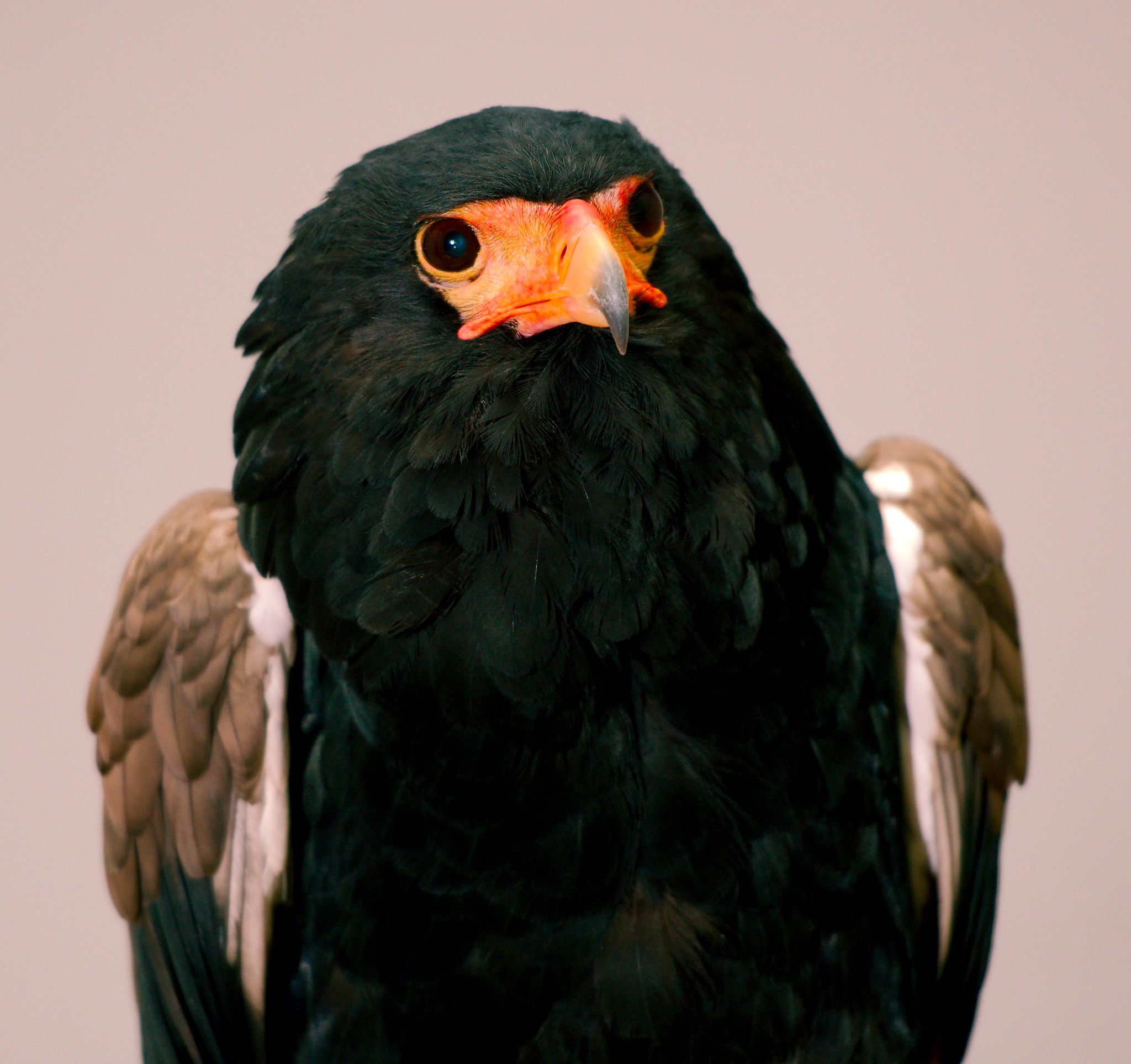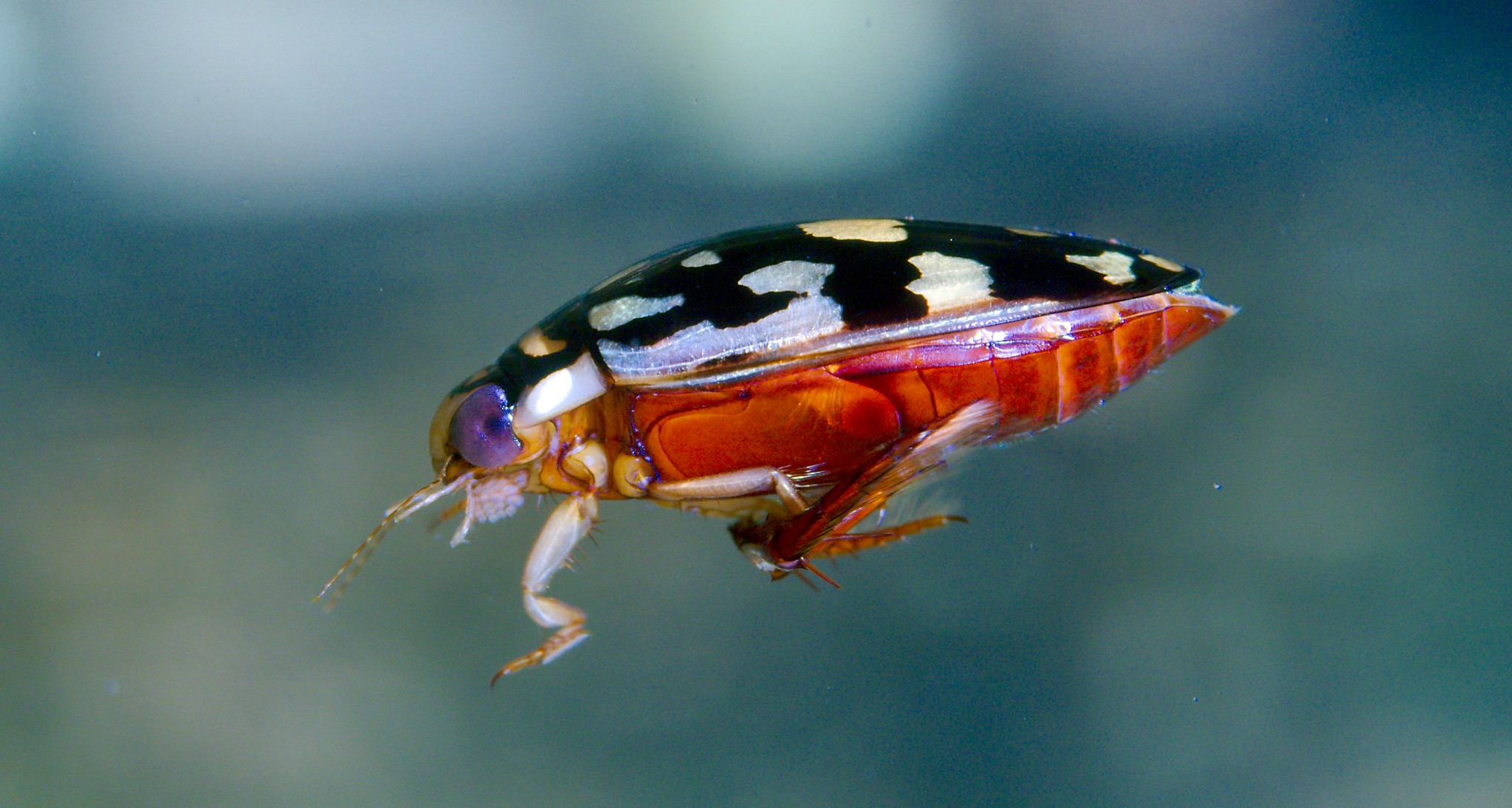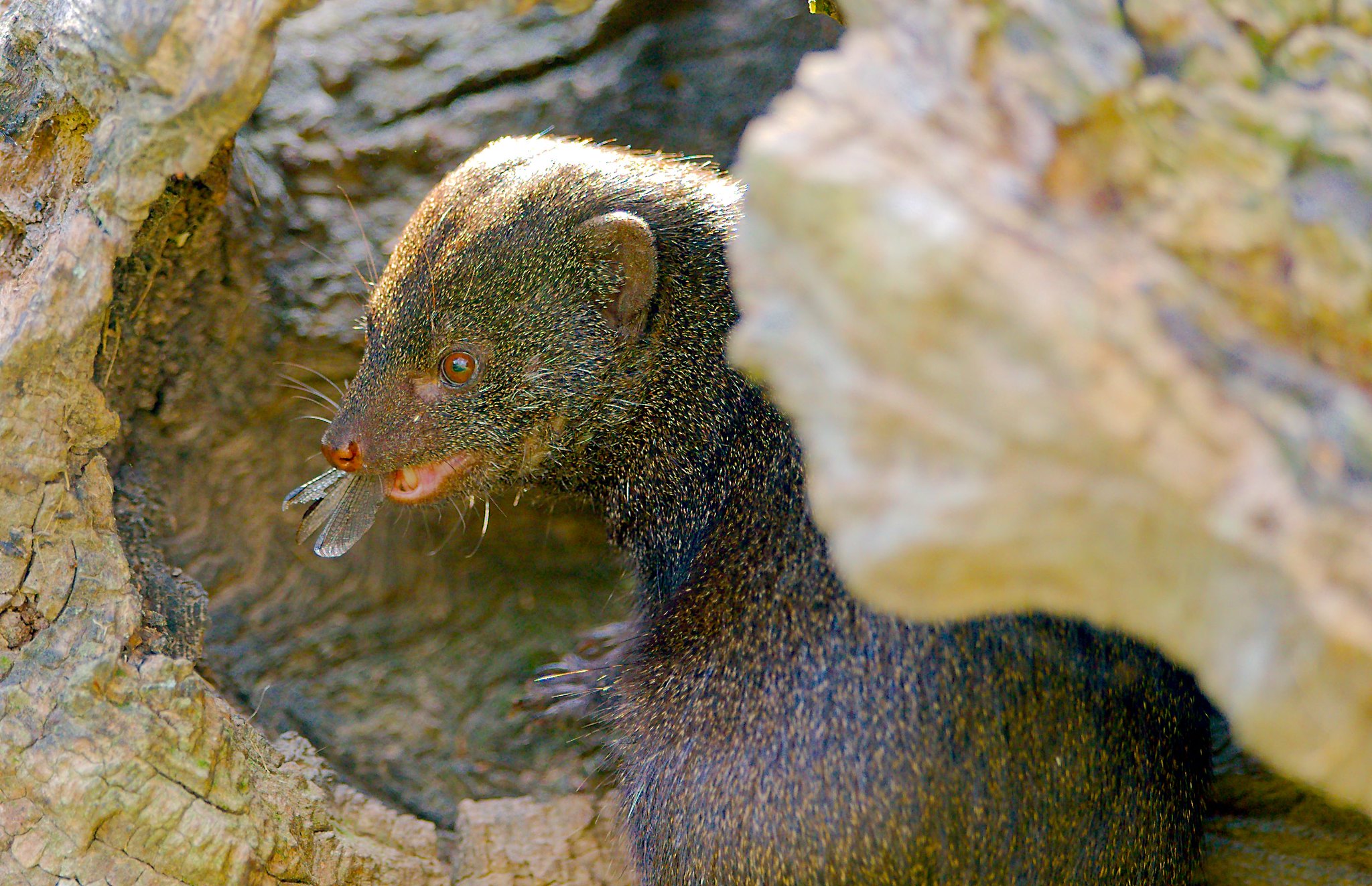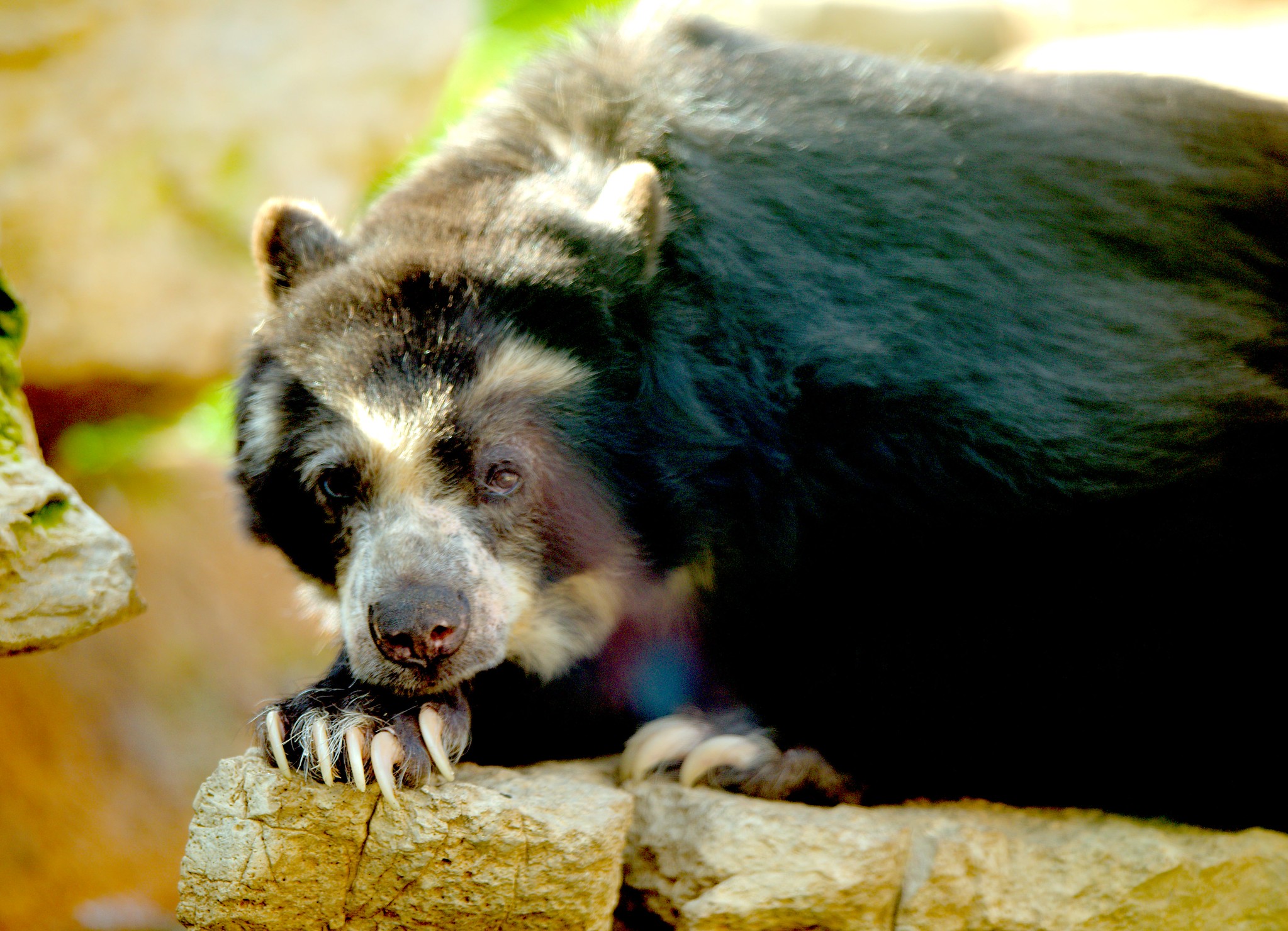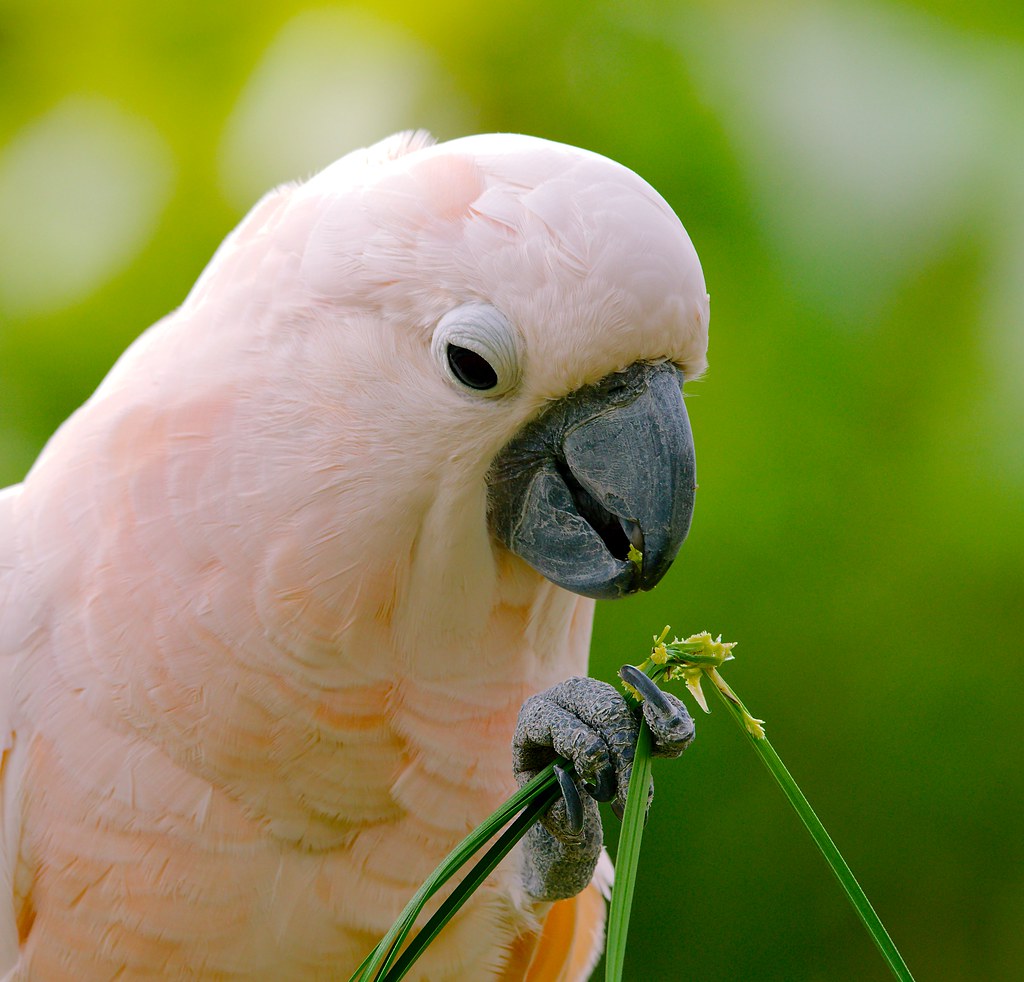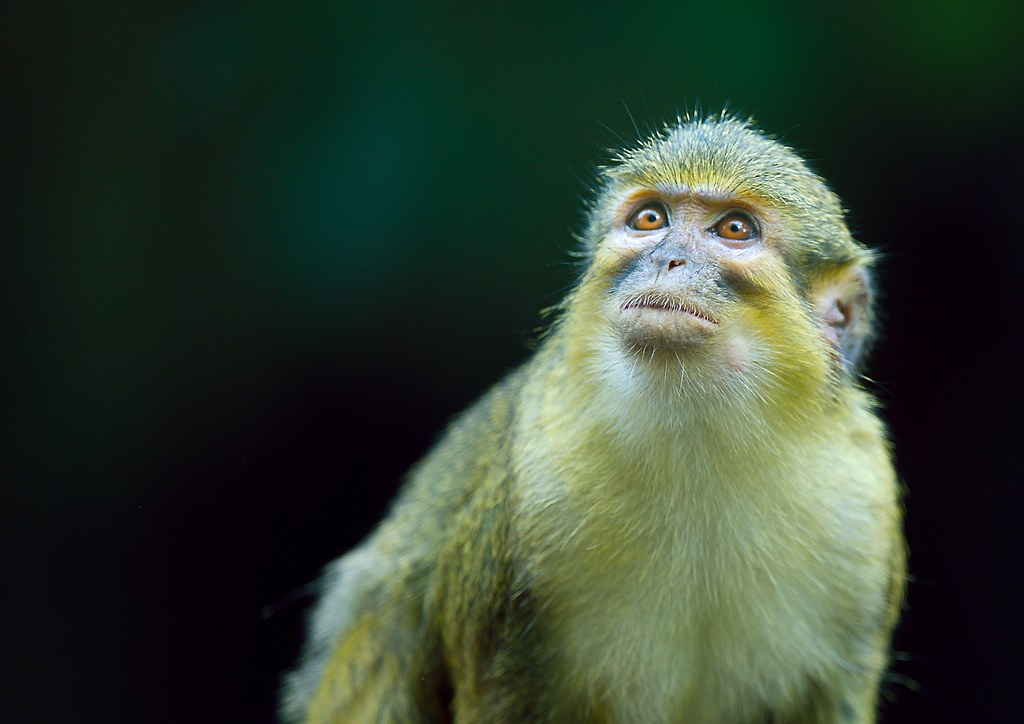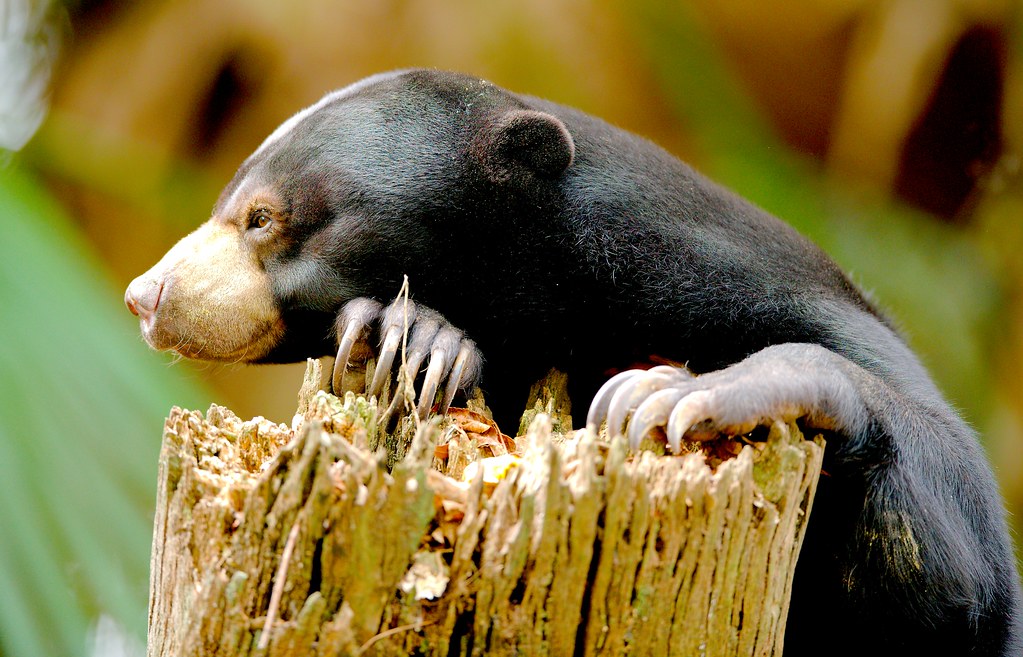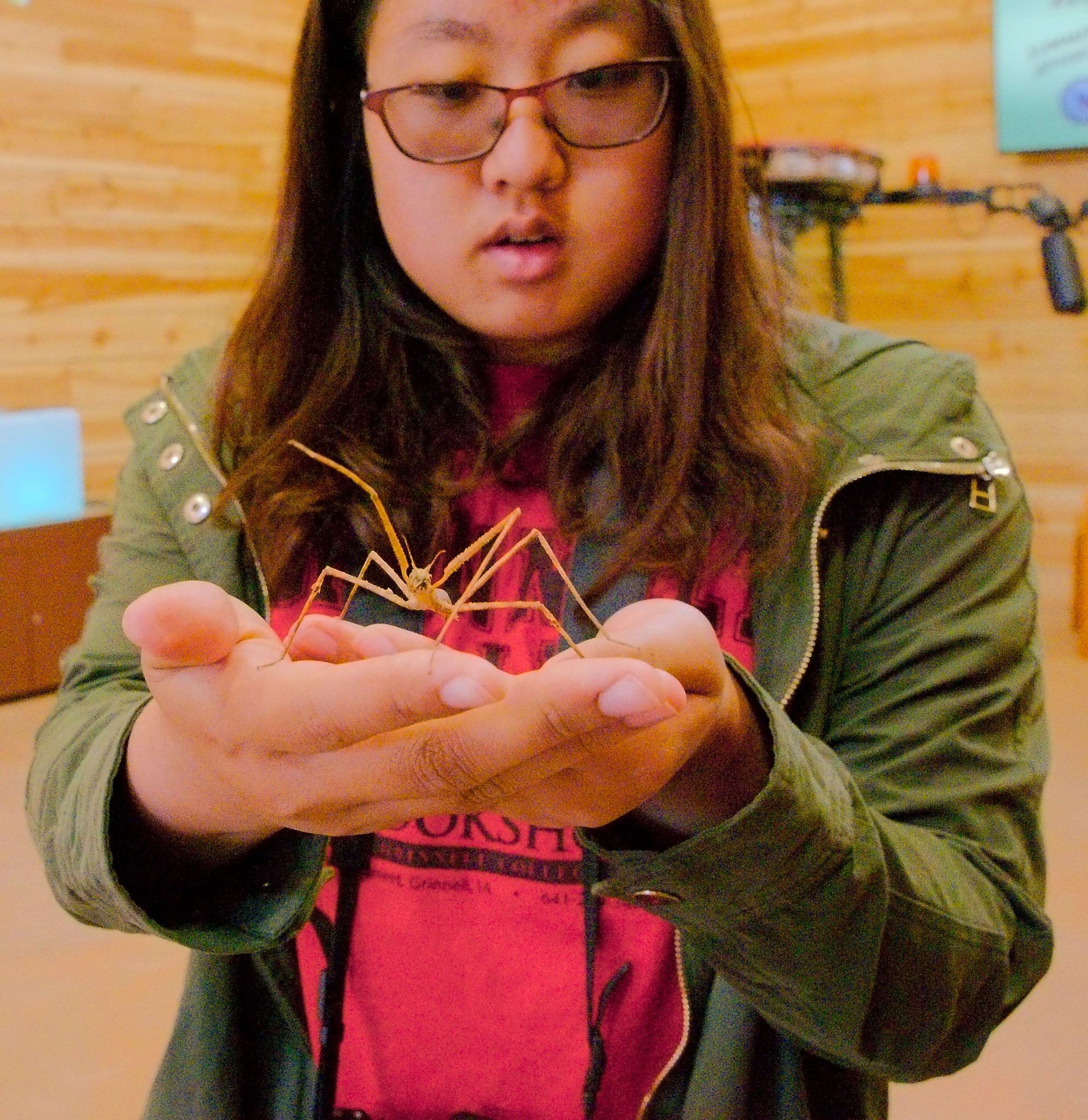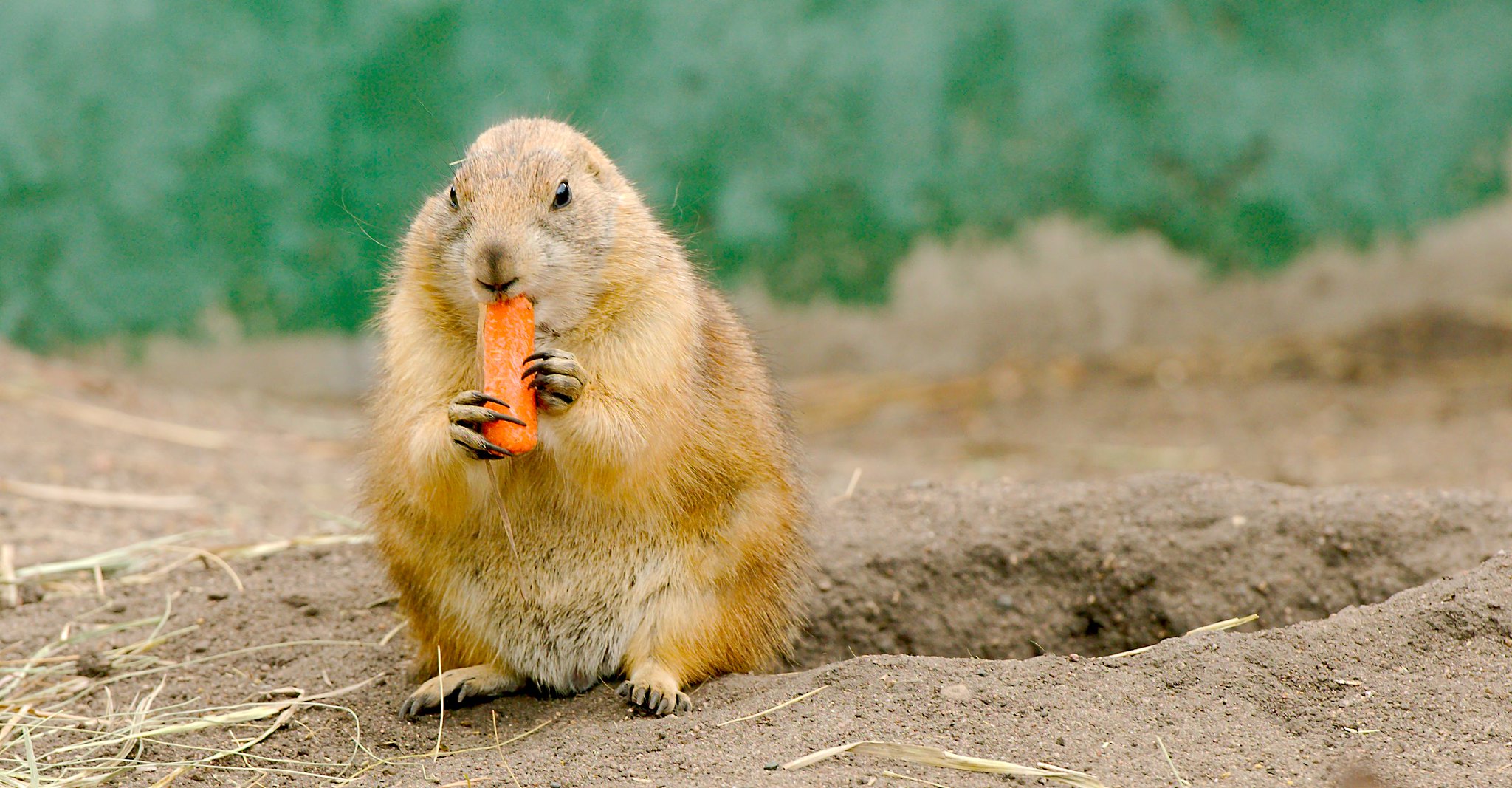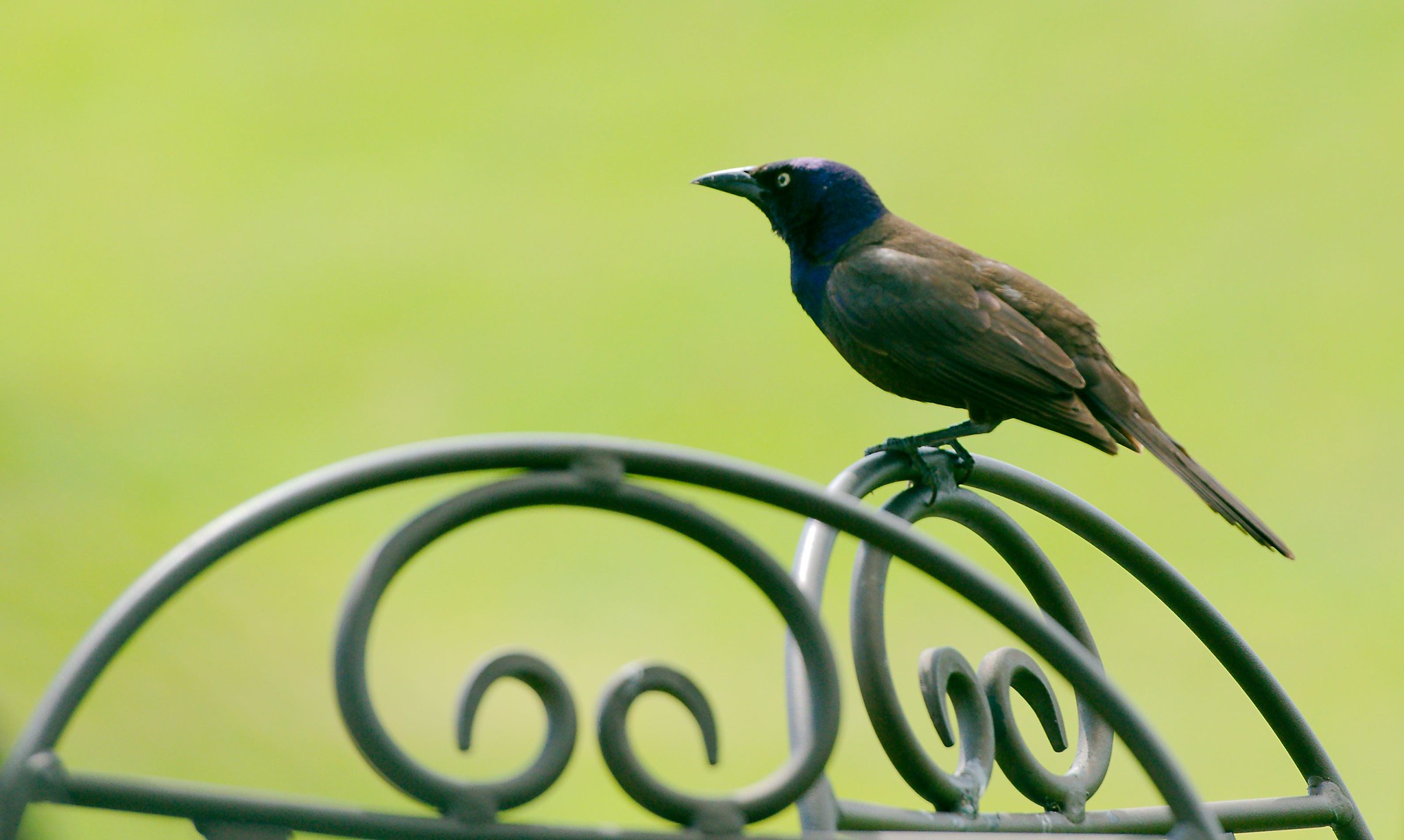After such careful stalking, he’s upset to realize that he’s been spotted.
All posts by Josh More
Diving Beetle
I was going to make a joke that diving beetles have to practice their dive so they don’t splash and earn low points from the East German judge. Then I grew concerned that too many of you would point out that the surface tension of the water would prevent splashing anyway, so I started researching fluids with low surface tension and remembered that some insects can produce surfactants, which, while possibly not true for this particular species, could still allow the joke to work.
Then I grew concerned that I wasn’t remembering the whole “East German judge” thing properly and fact-checked that. That led me to the wikipedia page on East Germany jokes ( https://en.wikipedia.org/wiki/East_Germany_jokes ), all of which are better than this one.
So there you go.
Cormorant
African Lion
Cave Cricket
Giant Water Bug
Cheetah
Humbolt Penguin
I’ve posted a photo of a penguin tongue before, but I particularly like this one because it shows the cartilaginous barbs they use instead of teeth to hold onto the fish. You can see them at the top of the mouth and on the tongue, but they all point backwards, so slippery fish can be more easily swallowed.
Banded Flower Mantis
African Lion
Bateleur Eagle
Diving Beetle
Dragonfly
It can be very hard to positively identify certain animals, particularly insects. For example, with dragonflies, you have to know the colour and patternings on their body, but you sometimes also have to know general size, where they’re located, and the time of the year you saw them.
Of course, it helps if they’re also not partially inside of a mongoose.
Andean Bear
Salmon Crested Cockatoo
Talapoin Monkey
The zoo called this a “talapoin”, but there are two species of talapoins, the Angolan and the Gabon. Not knowing what made them different, I went a-searchin and came across the following claim:
“Unlike the related Angolan talapoin, the Gabon talapoin has flesh-coloured (not blackish) ears and facial skin.” (from The Kingdon Guide to African Mammals, by way of Wikipedia)
Now maybe it’s just me, but it seems that the ears and facial skin or any monkey, whatever they look, would be flesh-coloured.
Crayola’s got a lot to answer for.
